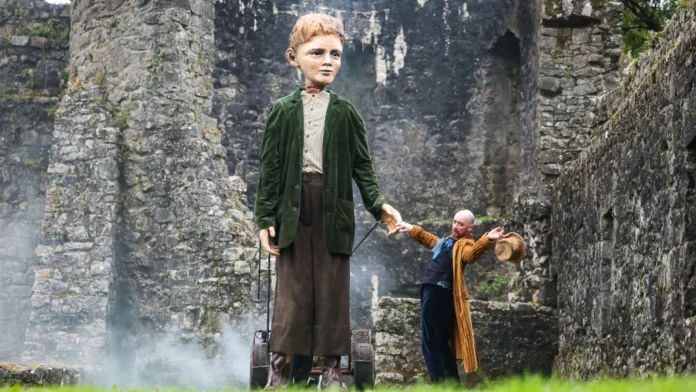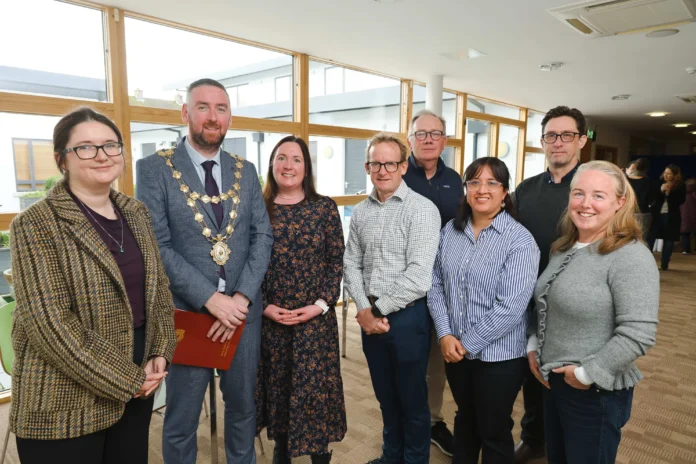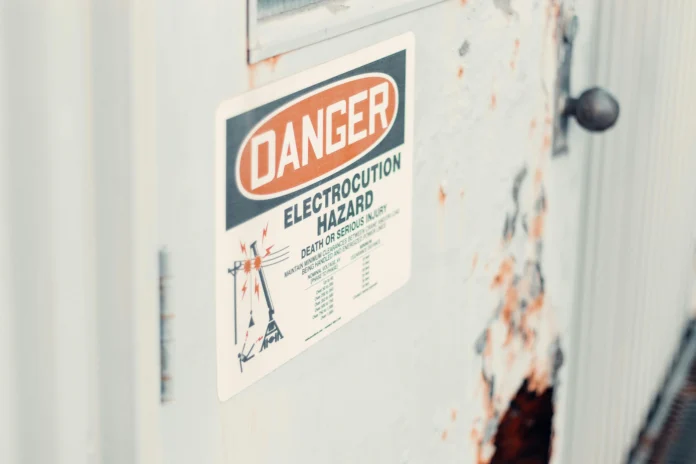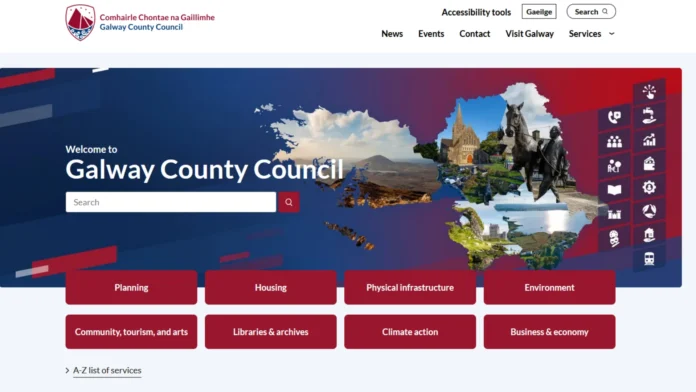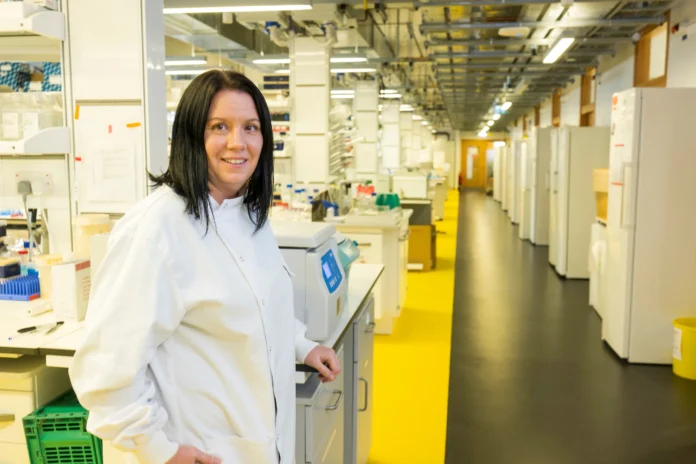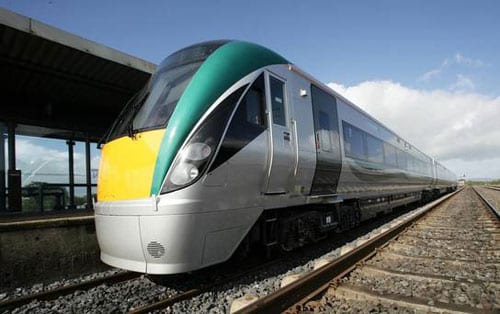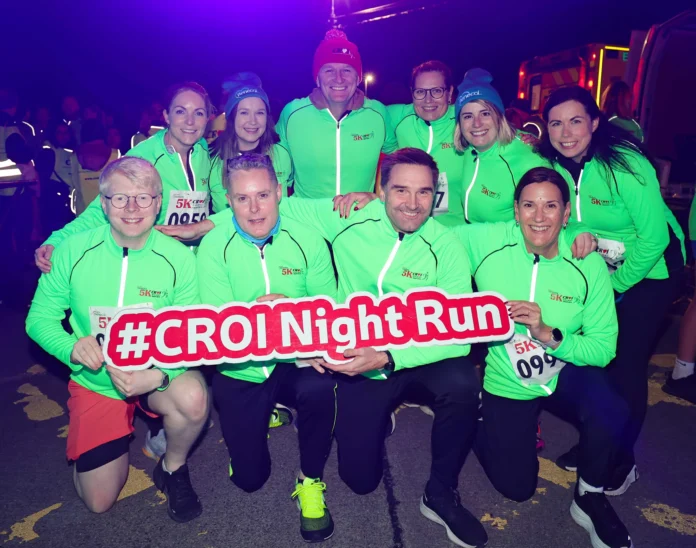Chartered Accountants Ireland has named Donegal native and University of Galway lecturer Sophie Sweeney ACA as its 2025 Chartered Star.
Awarded annually, the accolade is given to one of the Institute’s shortlisted members who demonstrates outstanding commitment to any of the 17 UN Sustainable Development Goals (SDGs).
The competition, running since 2016, gives the winner the opportunity to participate in the One Young World summit as the Institute’s representative. This year’s summit will take place in Munich, Germany, from November 3 – 6.
In her submission, Sophie described herself as a “storyteller at heart.” She is a lecturer in accountancy, finance and tax at the University of Galway and actively positions the SDGs within her teaching.
Sophie believes in intertwining the SDGs into accountancy education to embed trust and sustainability as core values for future finance leaders.
As well as this, Sophie is a PhD candidate examining how people experience tax across life stages.
She advocates against inequality in social and taxation systems for the benefit of future generations and believes that education is essential to this.
Commenting on her win, Sophie Sweeney said, “I am very excited and honoured to have been selected as Chartered Star 2025. I am passionate about learning and education as a means to promote equity and progress.”
“I am really looking forward to hearing from all the contributors at the Summit, and to workshopping with the other delegates. We can learn a lot from each other.”
Acknowledging the central role Chartered Accountants play in addressing the global challenges that the UN SDGs aim to address, competition entrants were shortlisted based on written and video testimonial submissions outlining how they live the values of the SDGs through their work and other pursuits.
The summit will bring together the Chartered Star and 2,000 other young future leaders from over 190 countries for workshops and addresses from global leaders.
Plenary topics featuring on the 2025 programme include the circular economy, responsible tech, anti-hate, education and peace and security.
CAI Sustainability Advocacy Manager Susan Rossney said, “Chartered Accountants are playing an ever-increasing role in addressing the UN SDGs through their work.”
“Sophie’s work and her research interests cover several of these including education, reducing inequalities, and promoting economic growth.”
“Not only this but she actively raises awareness of the goals through her teaching, ensuring the next generation of finance professionals understand their role in meeting the goals”.
Director of Members and Advocacy, Cróna Clohisey, said, “The Chartered Star competition is a very important initiative for the Institute. It highlights the power and potential of the Chartered Accountant to contribute meaningfully to societal change.”
“Trusted business leadership is the Institute’s guiding principle, and Sophie exemplifies this. She emerged as the worthy winner from a highly impressive shortlist and will gain a lot from the Summit, bringing these learnings back to her students. I wish her the best for the Summit in November.”



